At about this time of year, my students got bored. Bored of the same old, same old. Tired of the questions. This was always about the right time to toss some novelty in the classroom!
Are you looking for some novel ideas to keep kids engaged while reading?
In first through third grades, students are asked to ask and answer questions in a text. Of course, the difficulty of the task depends on the grade level, but the core idea is the same. This is something we worked on all year long. We started by creating an anchor chart with possible words that could start a question. In years past, I have also created more explicit question stems, it just depended on the class. This anchor chart was up all year and was a great reference and foundation for students.
To keep kids engaged in the text, we tracked questions we created. Then we checked off if the question was answered in the text. I also wrote the student's name next to the question to help give ownership of the question. The kids loved seeing their names on anchor charts!
Another way to keep students engaged in the text is to talk about predictions. Most students are familiar with predictions. However, they make them before they read the text and that is that.
You can actually do a lot with predictions to help support metacognition.
I always looked at predictions like questions. We made them before reading, and reflected on them during and after reading. We would adjust our predictions in the middle of the text and check to see if our original predictions from the beginning of the text were correct. At the end of the text, we reflected on our previous predictions and then wondered, "What next?"
It really helped keep kids engaged throughout the entire text.
Another novel idea for informational text is a Fact, Question, Response chart. I used this as a loose organizer for student thinking while reading.
We were able to write down interesting and IMPORTANT facts while reading the text. These are great, because later you can reflect on the facts and determine if any of the facts are key details.
The question column is similar to most questioning activities. We checked off any of the questions we found answers to.
The response area is very powerful. It is a great place to make inferences and defend thinking with evidence from the text.
You may notice that some of the sentences are highlighted. After we completed the chart, we highlighted any of the important ideas we wanted to include in a summary of the text (Thank You, Sarah Hale). Students were surprised that we had collected so many of the important ideas during our thinking!
Looking for more novel ideas while reading? Make sure to check out the Classroom Tested Resources pinterest board.
How do you keep kids engaged in the text while reading? Any other novel ideas?
If you would like more ideas, be sure to follow Classroom Tested Resources on Instagram, Pinterest, and Facebook to catch all the freebies and ideas and more!
PIN for LATER:









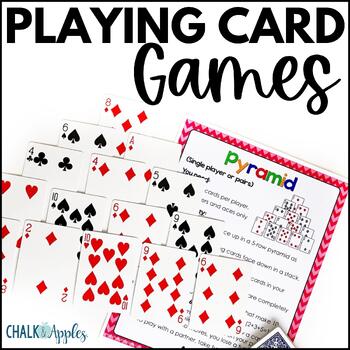
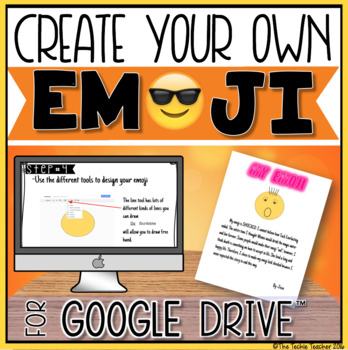
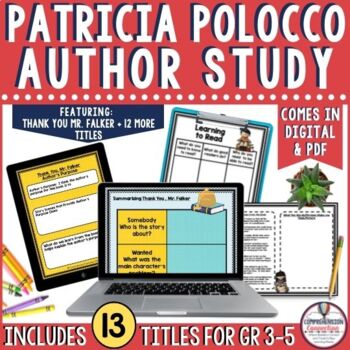

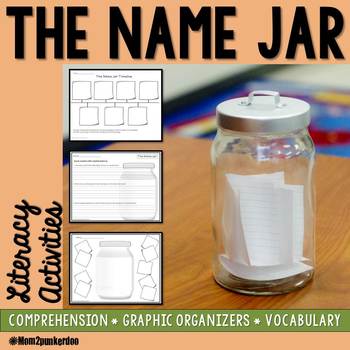

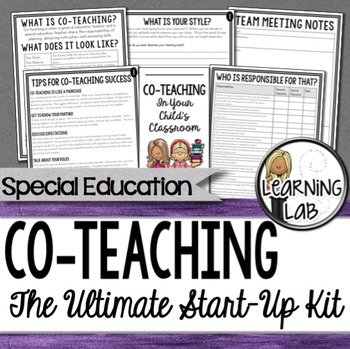
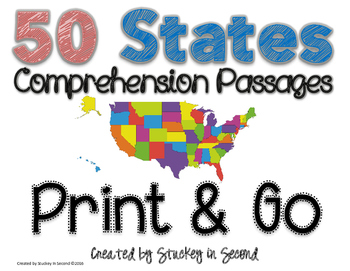
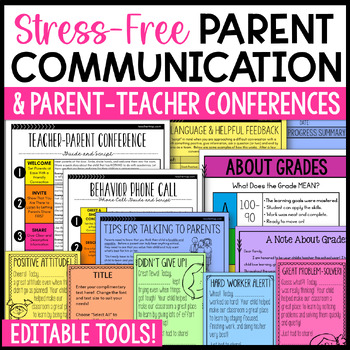
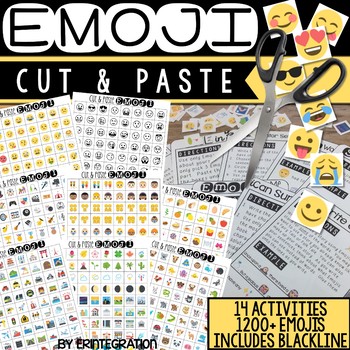
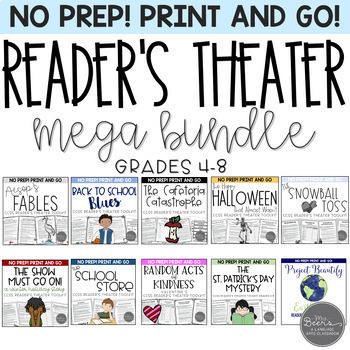
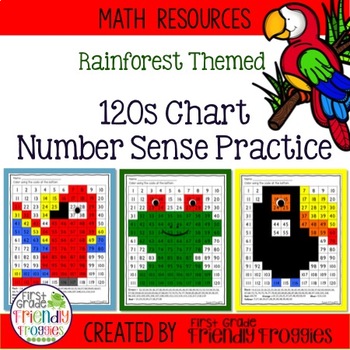

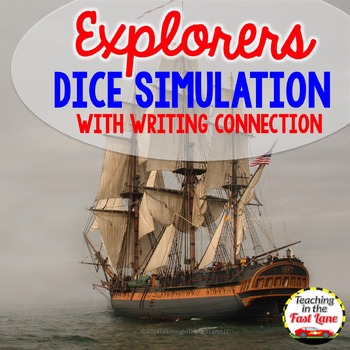





















0 comments:
Post a Comment